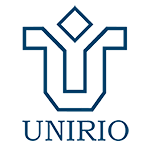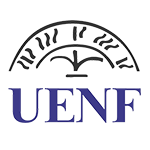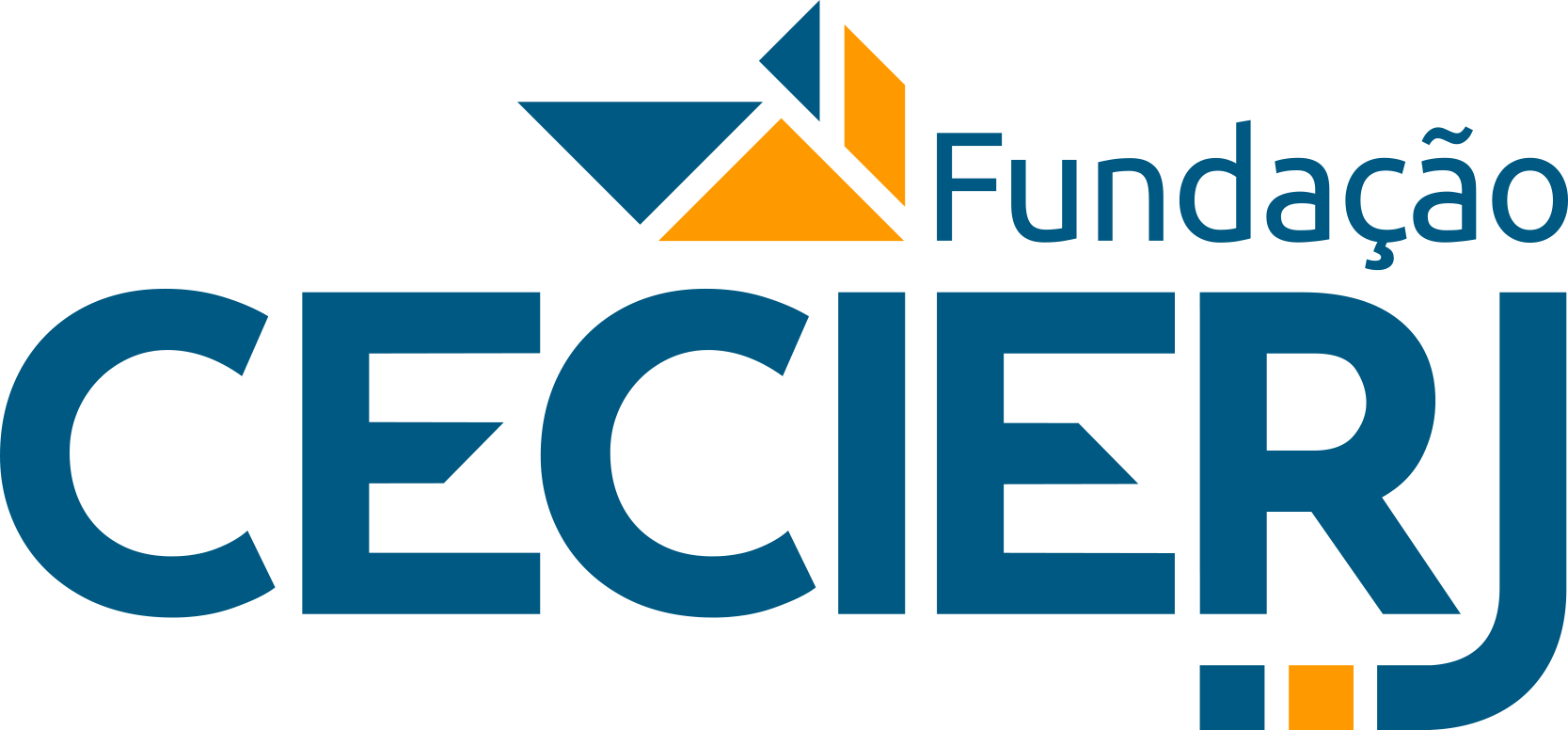Distance Education Tools: Expanding Frontiers in the Use of New Educational Languages
DOI:
https://doi.org/10.18264/eadf.v10i1.999Abstract
It is clear that education must perform its purposes based on four main learning types: learning to know, learning to do, learning to live together, and finally learn to be. Thus, the preintention is create autonomous, active intellectually and independent individuals, able to establish relationships, communicate with other people, and to evolve permanently. Beside this, these people should be capable of intervene in a conscious and proactive manner in society. This is not different on distance education, in which must to be total relation between pedagogic projects of courses and these learning bases. However, the way in which distance education is applied, as a new educational language, it is not able to reach all learning types or even possibly does not affect them most effectively. That is why is so important discuss and review some aspects that could help people that practice the distance learning actions to reach the excelence on use of this tools applied to distance education. This paper will discuss the relevance of some practical information that help application of this new educational language to all learning types. The discussion will be centered on aspects related to learning theories, technological instrumental and relationships and individual postures.
Keywords: Distance education. Learning theories. Technology resources. Interpersonal relationships. Individual postures.
Downloads
References
ABRíO, R. K.; SILVA, J. S.; SILVA, J. A. A construção identidades dos alunos de EaD através dos seus discursos em um fórum de discussão. Novas Tecnologias da Educação, CINTED – UFRGS, 2011. Disponível em: http://www.seer.ufrgs.br/renote/article/download/21893/12701. Acesso em: 07 mar. 2015.
ALVES, L. Educação a distância: conceitos e história no Brasil e no mundo. Revista da Associação Brasileira de Ensino í Distância. Artigo 7, v. 10, 2011. Disponível em: http://www.abed.org.br/revistacientifica/Revista_PDF_Doc/2011/Artigo_07.pdf. Acesso em: 15 mar. 2015.
AZEVEDO, A. B. Aprendizagem na EAD: contribuições e desafios. Educação & Linguagem, v. 16, n. 1, p. 151-169, 2013. Disponível em: https://www.metodista.br/revistas/revistas-ims/index.php/EL/article/view/4003. Acesso em: 17 jun. 2020.
BELLONI, M. L. Ensaio sobre a educação a distância no Brasil. Educação e Sociedade, v. 23, n.78, p. 117-142, 2002. Disponível em: http://www.scielo.br/scielo.php?script=sci_arttext&pid=S0101-73302002000200008. Acesso em: 16 mar. 2015.
BURNIER, S. Pedagogia das competências: conteúdos e métodos. Boletim Técnico do Senac. v. 27, n. 3. Setembro/Dezembro 2001. Disponível em: http://www.senac.br/informativo/BTS/273/boltec273e.htm. Acesso em: 01 mar. 2015.
CHAVES, E. P. S.; ANDREOLI, C. R. Qual o impacto do conhecimento de informática no desempenho acadêmico dos alunos de EaD? RAIMED - Revista de Administração IMED, v. 3, n. 2, 2013. Disponível em: https://seer.imed.edu.br/index.php/raimed/article/view/333. Acesso em: 17 jun. 2020.
COLL, C. P.; MARCHESI, J. Desenvolvimento psicológico e educação: Psicologia da educação. Porto Alegre: Artes Médicas, 1996. 2 v.
DELORS, J. Os quatro pilares da educação. In: Educação: um tesouro a descobrir. São Paulo: Cortezo, 1998.
FERREIRA, S. R. A Docência na EaD. V Seminário Internacional de Educação a Distância: Meios, Atores e Processos, CAED e UFMG. Eixo 2 Trabalho Docente na Educação a Distância. p. 189, 2013. Disponível em: https://www.ufmg.br/ead/seminario/anais/pdf/Eixo_2.pdf. Acesso em: 22 mar. 2014.
FUMERO, A.; ROCA, G. Web 2.0. Espanha: OmánImpresores, 2007.
KENSKI, V. M. Das salas de aula aos ambientes virtuais de aprendizagem. In: 12º CONGRESSO INTERNACIONAL DE EDUCAÇíO A DIST NCIA, 2005. Disponível em: http://www.abed.org.br/congresso2005. Acesso em: 08 mar. 2015.
LEAL, R. B. A importância do Tutor no processo de aprendizagem í distância. Revista Iberoamericana de Educacion, 2011. Disponível em: www.rieoei.org/deloslectores/947Barros.PDF. Acesso em: 01 mar. 2015.
LUZ, M. R. M. P. da, ROLANDO, L. G. R., SALVADOR, D. F., SOUSA, A. Characterization of the Reasons Why Brazilian Science Teachers Drop Out of Online Professional Development Courses. The International Review of Research in Open and Distributed Learning, v. 19, n. 5, 2018. https://doi.org/10.19173/irrodl.v19i5.3642
MORAES, M.C.; PESCE, L.; BRUNO, A.R. Pesquisando Fundamentos para Novas Práticas na educação online. São Paulo: RG Editores, 2008.
MORAN. J. M. Professores e gestores previsíveis e os inovadores. In: A educação que desejamos: novos desafios e como chegar lá. 2. ed. Campinas: Papirus, 2007. 174p. Disponível em: http://www.eca.usp.br/prof/moran/site/textos/educacao_inovadora/previsiveis.pdf. Acesso em: 17 jun. 2020.
OTSUKA, J.L.; ROCHA, H.V. Avaliação formativa em ambientes de EaD. In: SIMPÓSIO BRASILEIRO DE INFORMíTICA NA EDUCAÇíO(SBIE), 2002. Disponível em: http://www.teleduc.org.br/sites/default/files/publications/17_jh_sbie2002.pdf. Acesso em: 04 mar. 2015.
PERRENOUD, P. Avaliação: da excelência í regulação das aprendizagens entre duas lógicas. Porto Alegre: Artes Médicas, 1999.
SALVADOR, D. F.; ROLANDO, L. G. R.; LUZ, M. R. M. P.; SOUSA, A. H. S. Comunidade virtual aprendizagem para professores de Biologia e Ciências – Avaliação da utilização e desafios. Revista Electrónica de Investigación en Educación en Ciencias, v. 12, n. 1, 2017. Disponível em: http://ppct.caicyt.gov.ar/index.php/reiec/article/view/8105. Acesso em: 17 jun. 2020.
SANTAROSA, L. M.C. "Escola Virtual" para a Educação Especial: ambientes de aprendizagem telemáticos cooperativos como alternativa de desenvolvimento. Revista de Informática Educativa, v. 10, n. 1, p. 115-138, 1997.
SANTOS, J. F. S. Avaliação no ensino a distância. Revista Ibero-americana de Educação. v. 4, n. 38, 2005. Disponível em: http://www.rieoei.org/1372.htm. Acesso em: 12 nov. 2006.
SBC. Sociedade Brasileira de Computação. Diretrizes para ensino de Computação na Educação Básica. 2019. Disponível em: https://www.sbc.org.br/educacao/diretrizes-para-ensino-de-computacao-na-educacao-basica. Acesso em: 17 jun. 2020.
Downloads
Published
How to Cite
Issue
Section
License
Copyright (c) 2020 EaD em Foco

This work is licensed under a Creative Commons Attribution 4.0 International License.
All articles published in Revista EaD em Foco receive the license
Creative Commons - Atribuição 4.0 Internacional (CC BY 4.0).
All subsequent publications, complete or partial, must be made with the acknowledgment, in citations, of the Revista EaD em Foco as the original editor of the article.













